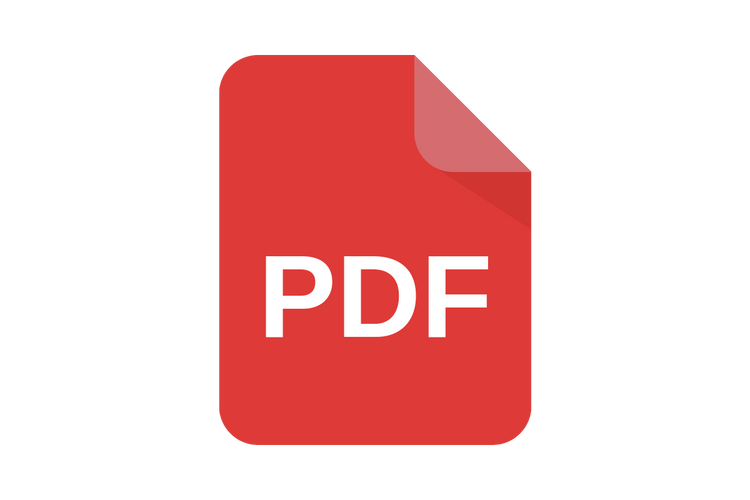MOR and its members are valuable sources of information related to housing, development and real estate-related issues. To arrange an interview, please contact: 406-728-0560 or send an email to: jeff@missoularealestate.com (Jeff LeRoy, Public Affairs and Data Director)

